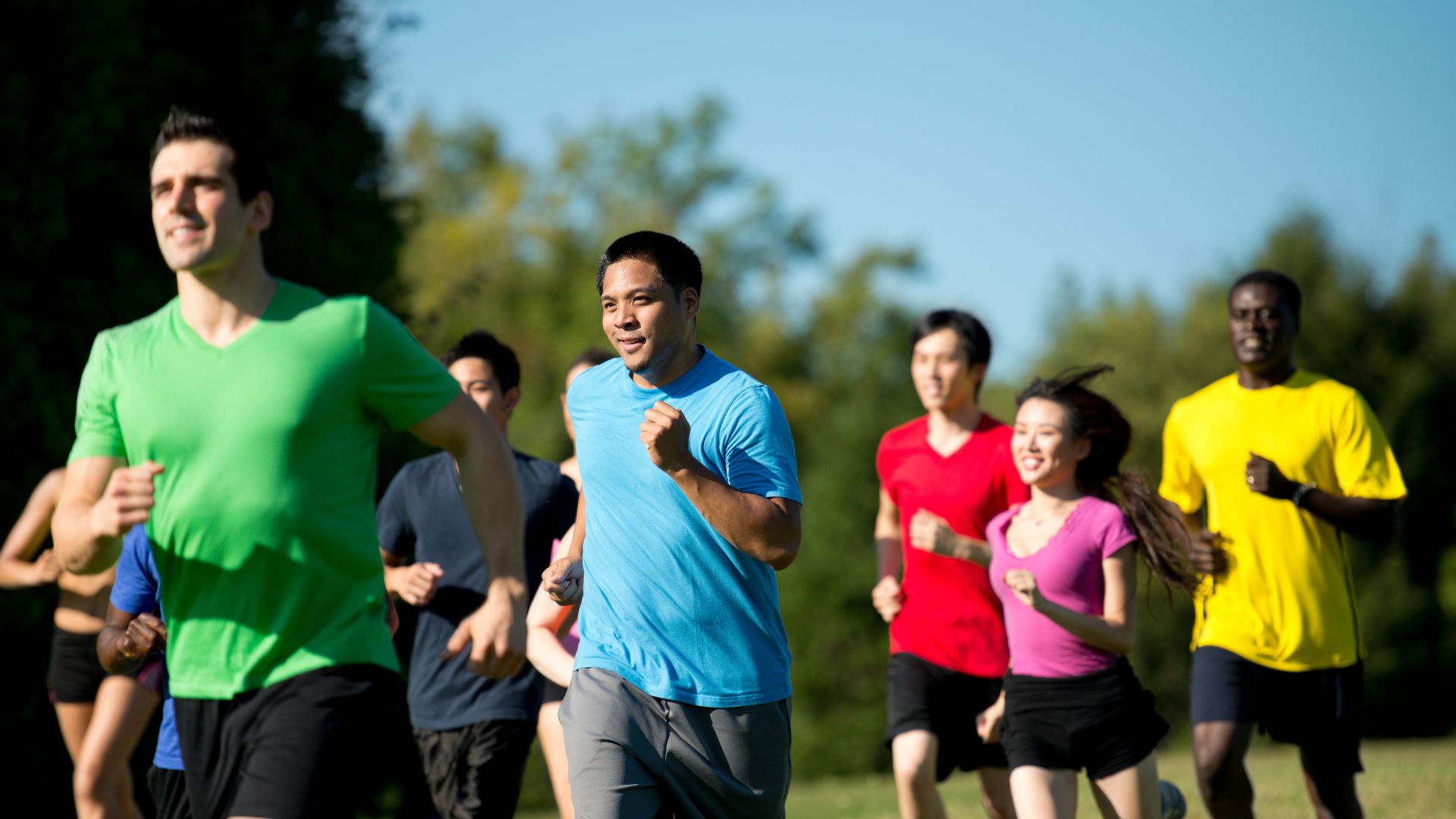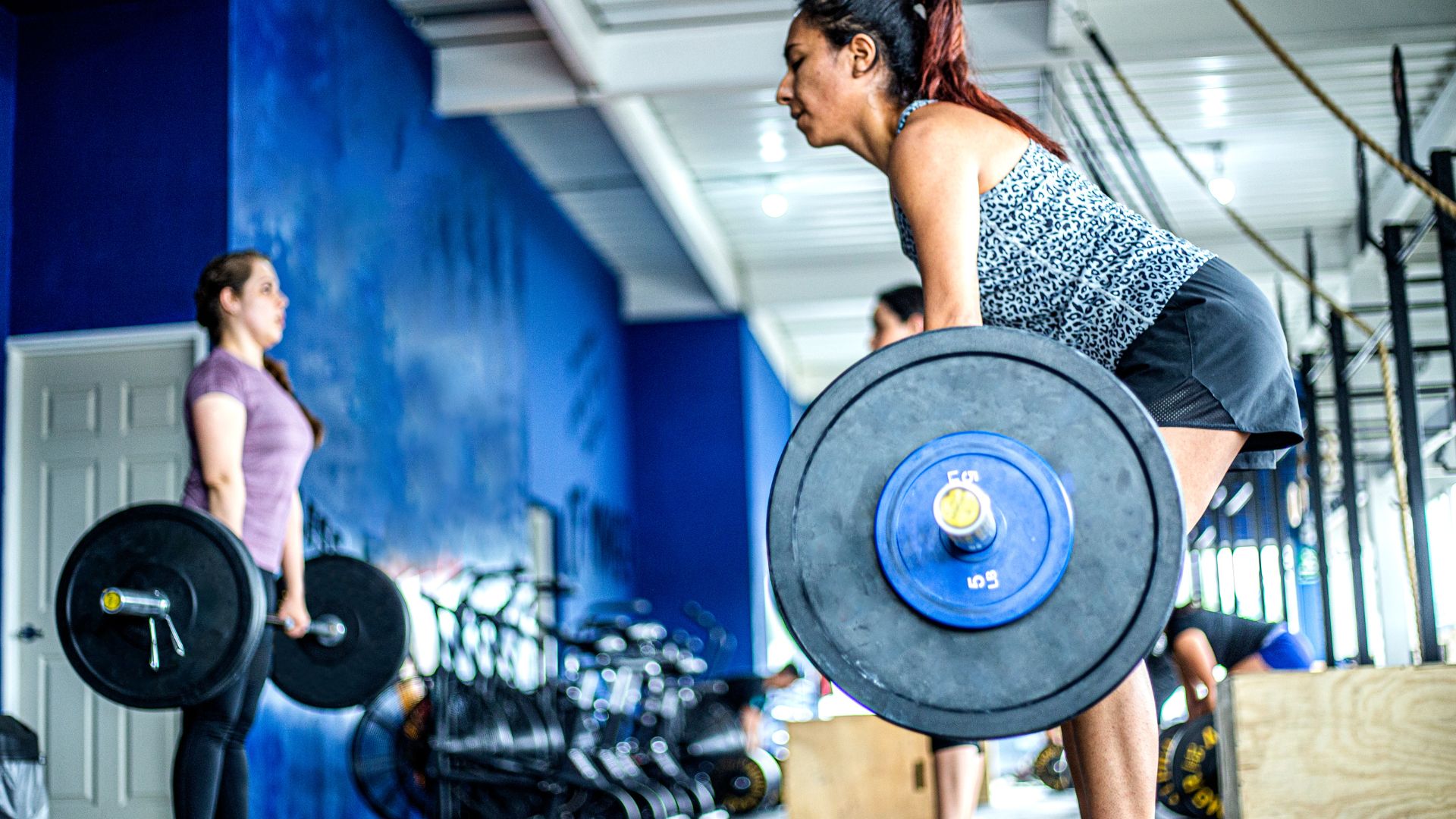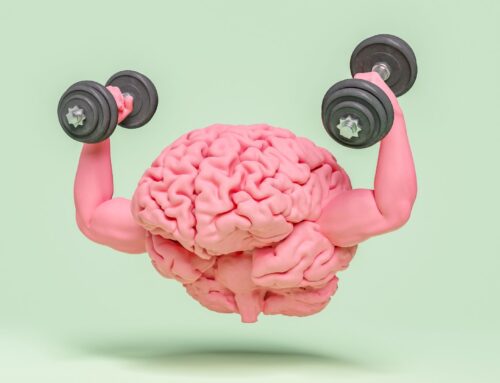During the pandemic lockdown, droves of gym goers took up running as an alternative way to stay fit. Others still just could not get into it despite the accessibility and numerous benefits of running.
There are many myths and excuses that prevent people from taking up running, like: it will ruin my knees; I’m too old to start running; I’m afraid to run by myself; or I can’t run for more than short distance without stopping.
Running is a great aerobic workout with numerous benefits for your entire body. The truth is a running program can be designed for most able-bodied people regardless of age and fitness level. It’s all about assessing where you are currently in your aerobic fitness and building from there at a slow but steady pace.
In this article, we will explore the evidence around nine benefits of running that you can expect when you regularly engage in a running program, as well as how to get started with a running program today.
Table of Contents
- Increased Quality of Life
- Improved Sleep
- Stronger Knees
- Boosted Brain Power
- Improved Mental Health
- Boosted Immune System
- Reduced Risk of Certain Cancers
- Lower Blood Pressure
- Lower Risk of Diabetes
- How to Take Advantage of the Benefits of Running
1) Running Increases Quality of Life
Perhaps one of the most important benefits of running is a health and potentially longer life. A large study of over 200,000 runners showed that regular runners enjoy a 25-30% decreased risk of all causes of death, including cardiovascular disease and cancer.[i] The scientists linked that decrease risk to running itself as well as the generally healthier lifestyle that runners live, including eating nutritiously, getting plenty of sleep, and being outdoors more.
Even better, as you get older, you’re less likely to experience decline in your physical abilities. This study followed runners for over 20 years and found that those who continued running preserved their physical abilities and lived longer than those who stopped running as the years went by.
Running, even 5-10 minutes per day and slow speeds less than6 mph, is associated with markedly reduced risks of death from all causes and cardiovascular disease. This study may motivate healthy but sedentary individuals to begin and continue running for substantial and attainable mortality benefits.[ii]
2) Running Improves Sleep
The inability to sleep and sleep well is a common health concern for many populations. There is mounting evidence that physical exercise is an effective intervention for those who do not experience adequate sleep quantity or quality.[iii]. This study showed that running regularly has a positive effect on sleep behavior. Runners tend to fall asleep faster, sleep deeper, and wake less frequently during the night. This might be one of the most obvious benefits of running that you’ll notice on a daily basis.
The one exception to this is exercising vigorously too close to bedtime which can have an adverse effect. So as long as you finish your high intensity interval workout at least an hour before bedtime, you can expect to get a night of solid sleep as a runner.
3) Running Protects Against Knee Osteoarthritis
For many years it has been a common misconception that running is bad for your knees due to the load your knees absorb when your feet repetitively strike the ground. However, numerous studies have shown that runners have lower rates of knee osteoarthritis than sedentary people.[iv]
According to a decade-long study of runners with and without osteoarthritis, running does not cause pain or degeneration in the knees of runners.[v] In fact, the study suggests that a runner’s lower body mass index (BMI) and generally active lifestyle might be part of what offers protection against osteoarthritis and other diseases such as diabetes.
4) Running Decreases Cognitive Decline
The research on this is still new and developing, but so far studies have shown that exercise, in general, can protect your brain in a few ways. Those ways include:
- decreasing your risk of Alzheimers,
- reducing your mental decline and potentially even slightly reducing symptoms of existing cognitive decline,
- and improving working memory.[vi]
The increased blood flow and oxygen intake during running are both credited with these protective effects. It’s also possible that the chemicals that your body produces during exercise helps preserve your cognitive function.
This study even suggests that running boosts your brain’s gray matter which can keep your brain sharp. This long-term benefit of running is reason enough to lace up your shoes and jog a little bit each week.
5) Running Improves Mental Health
For anyone who enjoys regularly going out for a run, it is probably no surprise that there are mental health benefits of jogging. For example, in a study conducted on mice, researchers found that exercise reduces the effect of stress on the brain, specifically the hippocampus. This part of the brain is important for your memory and learning ability.
One meta-analysis of 23 different studies looked into the effect of many forms of exercise on depression.[vii]Their results were very encouraging, finding that exercise was a comparable treatment for depression as therapy and medication, and in some cases might even be an appropriate substitute if you’re unable to access traditional treatments.
6) Running Improves the Immune System
Although the exact mechanisms on how running improves your immune system is still being researched, there are a few agreed upon theories.
- Running decreases stress, which reduces the amount of stress hormone cortisol in your body. Cortisol suppresses your immune system, so any reduction is good for your immune function.
- The increased blood circulation helps to stimulate production of white-blood cells, which are one of your body’s primary defense mechanisms to fight many types of infection.
- Runners tend to have higher quality diets with adequate intake of nutrients, whole foods, and hydration, all of which support a healthy immune system.
The benefits of running to your immune system can be had with just 20 minutes a day of moderate activity.[viii]
7) Running Decreases the Risk of Certain Cancers
In as large study of almost 1.5 million people, researchers found that regular exercise can help prevent more than 20 types of cancers[ix]. The participants engaged in moderate to vigorous activity regularly. It was the runners who enjoyed the most reduced risk of developing the studied cancers. The most protective effect was against esophageal cancer with a potential 46% reduced risk, followed by a 26% lower risk of lung and liver cancer. Others included colon, kidney, and bladder cancer.
8) Running Reduces Blood Pressure
In a meta-analysis of more than 300 studies, researchers found “modest but consistent” reductions in blood pressure with running alone, but that a combination of running and medication resulted in the greatest reduction.[x] They did call for further research and studies, but this is a great start to helping reduce a known risk factor of cardiovascular disease.
9) Running Lowers the Risk of Diabetes
Multiple studies have shown that regular runners have a much lower risk of developing Type 2 diabetes. In one study,[xi] men ranging in age from 35 to 75 had a 95%-46% lower risk, with greater protection seen in the younger men. The preventative effect was credited in part to a lower body weight, glucose regulation, and other beneficial effects of running.
How to Take Advantage of the Benefits of Running
Whether your motivation for running stems from some of these long-term health benefits, or you can feel some of these shorter-term benefits for your body and mind in the moment, there is now a large amount of evidence to back your reasoning. Whichever benefits of running resonate most with you, it is clear that regularly strapping on a pair of running shoes is a great idea for your overall health and longevity.
While running can be enjoyed by almost anyone, tailoring a unique and individualized running training program can be helpful to get you started and keep you motivated to run. A physiotherapist can assess your cardiac fitness level, assess and treat any muscles imbalances that need to be addressed to prevent injuries, and determine how other health conditions or injuries may be affecting your running performance.
Running with a group is a great way to stay motivated and to work towards a racing goal. There are numerous running groups throughout the city. Here are some popular running clubs in Southern Ontario :
Running Clubs in Toronto
- RunningRats
- Longboat Roadrunners
- Portland Runners
- Running Room
- Toronto Running Club
- Parkdale Road Runners
- Frontrunners Toronto
Running Clubs in Pickering
Running Clubs in Peterborough
You’re never too old to get started. The benefits of running with aging, potential injuries in the aging runner, and how to best train to avoid injury and optimize running performance are also addressed in this article Running for Seniors.
References
[i] Wu XY, Han LH, Zhang JH, Luo S, Hu JW, Sun K. The influence of physical activity, sedentary behavior on health-related quality of life among the general population of children and adolescents: A systematic review. PLoS One. 2017;12(11):e0187668. Published 2017 Nov 9. doi:10.1371/journal.pone.0187668
[i] Pedisic Z, Shrestha N, Kovalchik S, et al. Is running associated with a lower risk of all-cause, cardiovascular and cancer mortality, and is the more the better? A systematic review and meta-analysis. British Journal of Sports Medicine 2020; 54:898-905.
[ii] Lee DC, Pate RR, Lavie CJ, Sui X, Church TS, Blair SN. Leisure-time running reduces all-cause and cardiovascular mortality risk. J Am Coll Cardiol. 2014 Aug 5;64(5):472-81. doi: 10.1016/j.jacc.2014.04.058. Erratum in: J Am Coll Cardiol. 2014 Oct 7;64(14):1537. PMID: 25082581; PMCID: PMC4131752.
[iii] Dolezal BA, Neufeld EV, Boland DM, Martin JL, Cooper CB. Interrelationship between Sleep and Exercise: A Systematic Review. Adv Prev Med. 2017;2017:1364387. doi: 10.1155/2017/1364387. Epub 2017 Mar 26. Erratum in: Adv Prev Med. 2017;2017:5979510. PMID: 28458924; PMCID: PMC5385214.
[iv] Alentorn-Geli E, Samuelsson K, Musahl V, Green CL, Bhandari M, Karlsson J. The Association of Recreational and Competitive Running With Hip and Knee Osteoarthritis: A Systematic Review and Meta-analysis. J Orthop Sports Phys Ther. 2017 Jun;47(6):373-390. doi: 10.2519/jospt.2017.7137. Epub 2017 May 13. PMID: 28504066.
[v] Lo GH, Driban JB, Kriska AM, McAlindon TE, Souza RB, Petersen NJ, Storti KL, Eaton CB, Hochberg MC, Jackson RD, Kent Kwoh C, Nevitt MC, Suarez-Almazor ME. Is There an Association Between a History of Running and Symptomatic Knee Osteoarthritis? A Cross-Sectional Study From the Osteoarthritis Initiative. Arthritis Care Res (Hoboken). 2017 Feb;69(2):183-191. doi: 10.1002/acr.22939. PMID: 27333572; PMCID: PMC5179322.
[vi] Pedro L. Valenzuela, Adrián Castillo-García, Javier S. Morales, Pedro de la Villa, Harald Hampel, Enzo Emanuele, Simone Lista, Alejandro Lucia. Exercise benefits on Alzheimer’s disease: State-of-the-science. Ageing Research Reviews. Volume 62, 2020. 101108. ISSN 1568-1637. https://doi.org/10.1016/j.arr.2020.101108.
[vii] Siri Kvam, Catrine Lykkedrang Kleppe, Inger Hilde Nordhus, Anders Hovland. Exercise as a treatment for depression: A meta-analysis. Journal of Affective Disorders. Volume 202. 2016. Pages 67-86. ISSN 0165-0327. https://doi.org/10.1016/j.jad.2016.03.063.
[viii] Stoyan Dimitrov, Elaine Hulteng, Suzi Hong. Inflammation and exercise: Inhibition of monocytic intracellular TNF production by acute exercise via β2-adrenergic activation. Brain, Behavior, and Immunity. Volume 61, 2017, Pages 60-68. ISSN 0889-1591. https://doi.org/10.1016/j.bbi.2016.12.017.
[ix] Moore SC, Lee I, Weiderpass E, et al. Association of Leisure-Time Physical Activity With Risk of 26 Types of Cancer in 1.44 Million Adults. JAMA Intern Med. 2016;176(6):816–825. doi:10.1001/jamainternmed.2016.1548
[x] Naci H, Salcher-Konrad M, Dias S, et al. How does exercise treatment compare with antihypertensive medications? A network meta-analysis of 391 randomised controlled trials assessing exercise and medication effects on systolic blood pressure. British Journal of Sports Medicine 2019; 53:859-869.
[xi] Paul T. Williams; Changes in Vigorous Physical Activity and Incident Diabetes in Male Runners. Diabetes Care 1 November 2007; 30 (11): 2838–2842. https://doi.org/10.2337/dc07-1189
Written by

















